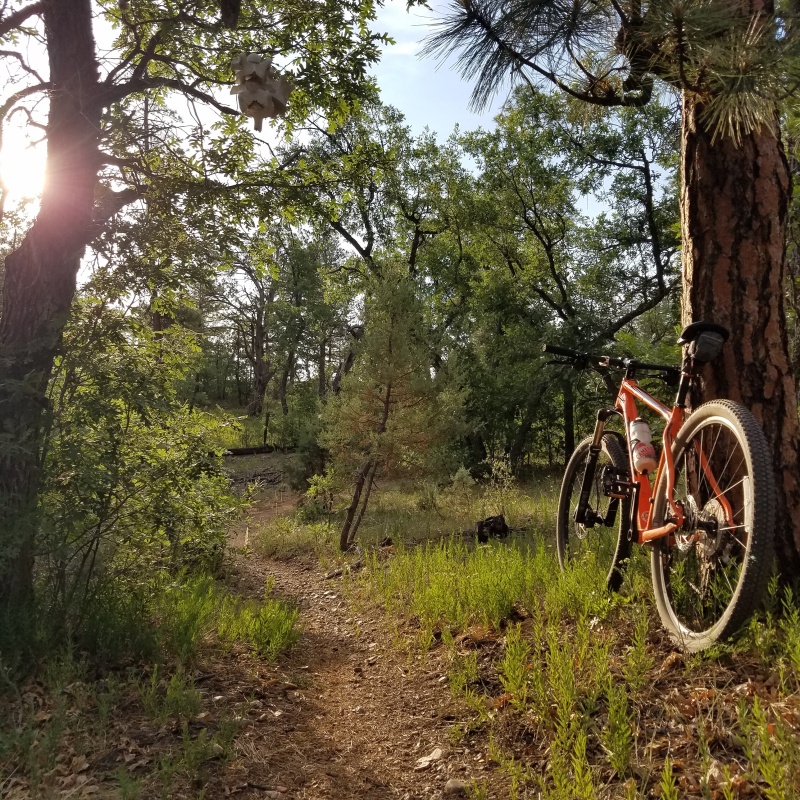I know this has been discussed ad nauseam already, but I had to weigh in.
Thanks to an article out on Medpage Today, Rapid Response Teams Sign of Poor Bed Management, the whole idea of Rapid Response Teams has been brought into the spotlight. The article’s premise is that poor bed management is the cause for Rapid Responses to be called. Bullshit.
Code Blog sums it up nicely by saying,
I don’t believe RRTs are called because the patient was already in bad shape and assigned to a low level of care. I think they are called because stable patients just stop being stable sometimes.
Are there times where over-crowding and poor bed management are the cause? Yeah, if it is crazy busy, the nurse might miss subtle signs or the patient is sent to a floor of lesser acuity, but these are the exception rather than the rule. I can count on my hand the number of times I’ve called an RRT, of course now I’ve now jinxed myself, but each time it was from a rapid change in patient condition. There have been times where I could have called an RRT, but managed it with judicious use of critical thinking and calls to the doc. I think that some nurses use them as a crutch instead of critically thinking a situation through, but not because a patient was wrongly placed. Like I noted above, there are times when the patient is placed wrong. When our observation unit opened we had several times where they went from Obs to the Unit in a very short amount of time. But again, these we patients who rapidly de-compensated – and a couple that never should have gone there, but those are the exception.
Have the authors forgotten that a hospital is an acute setting? It’s not like these folks are healthy! And thanks to the rise of observation (outpatient in the hospital) those who are admitted in-patient are the sick of the sick. Having a resource to get help quickly is a godsend. Sometimes all you need is some stat meds, or imaging and labs , or just someone to look and say, “Yeah, they’re sick!” And sometimes you just need to have the ability to transfer to a higher level of care without jumping through hoops.
Even if we have the best patient flow possible, appropriate bed placement each and every time and proper resource management, there still would be a need to the Team. Patients crump. The article never addresses that simple fact. It’s far easier to point out structural issues than the reality – of course structural issues are somewhat easier to fix. Schedule better to make better use of the nurses you’re already overworking. Staffing plays an important role in this as well. A nurse that is stretched too thin can’t take the needed time to adequately assess their patients. When you 5, 6, 7 or more patients at a time, you’re running and even the most perceptive, mind-reading nurse can catch a patient decline if they’re stuck cleaning and doing a massive dressing change because the wound is saturated in stool of a 400lb quad with the 3 other nurses on the floor because it takes at least 4 to move the patient safely. That’s when the easy things to fix fall through the cracks, hence why we need a team to “rescue” the nurses.
It’s a complex multi-layered issue to which there are no simple and easy answers. It impacts staffing, scheduling, patient flow and the vagaries of the human condition. But would I choose to work somewhere without the back up of a RRT? Not easily.







